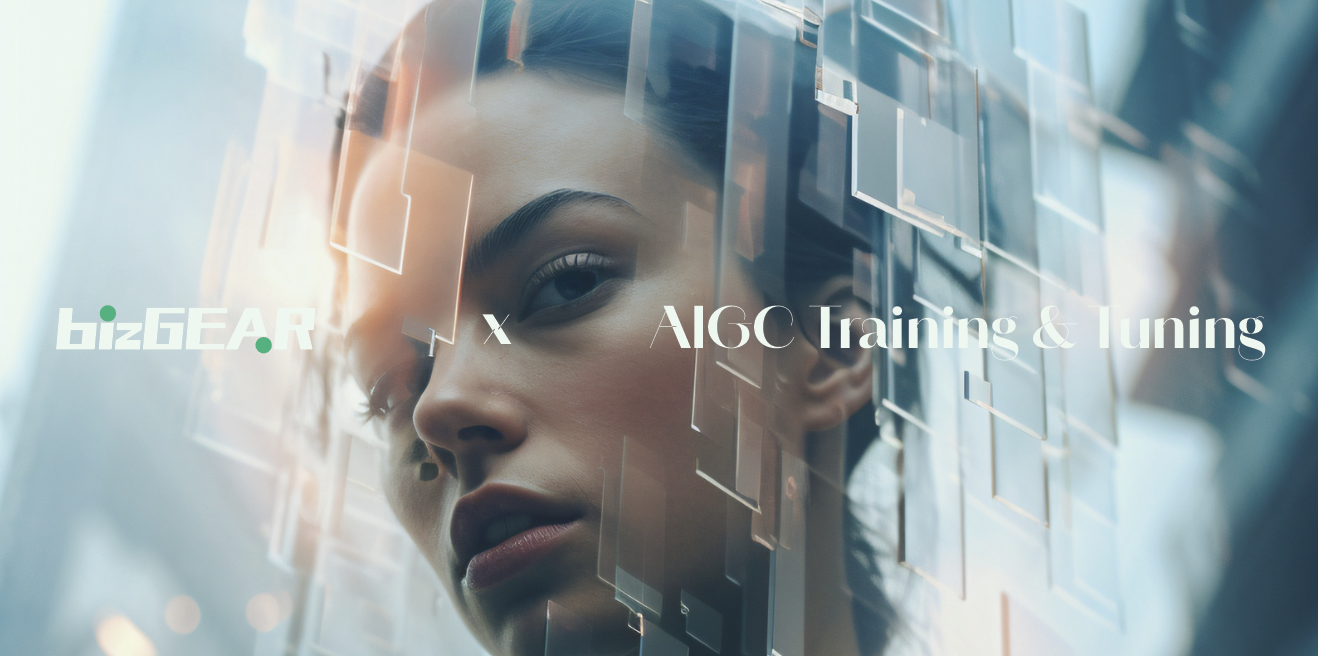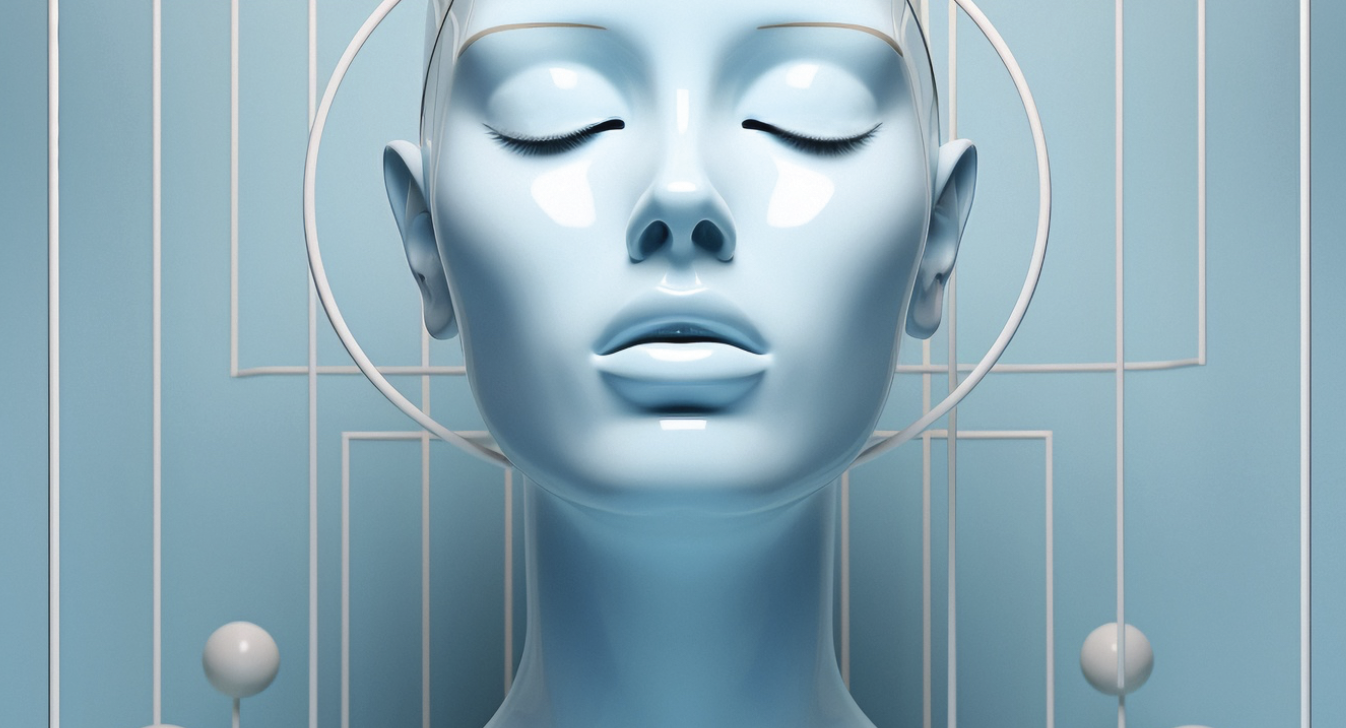Unlocking Tomorrow’s Potential with AIGC Training and Tuning
Example
AIGC
The initial step is to determine the appropriate category for your AIGC (Artificial Intelligence Generated Content) and select the one that best suits your preferences. Once this selection is made, we can proceed to the next step.
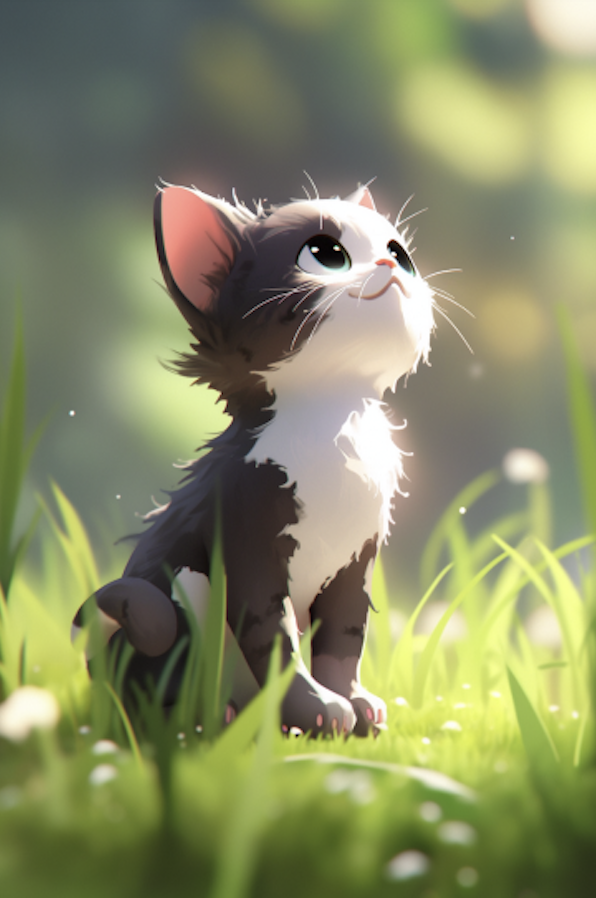
Sample #1
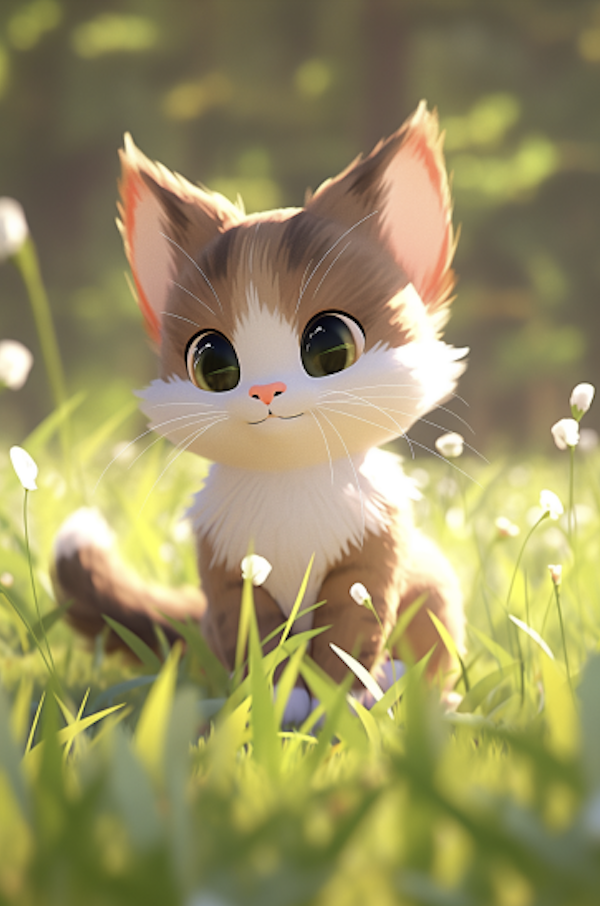
Sample #2
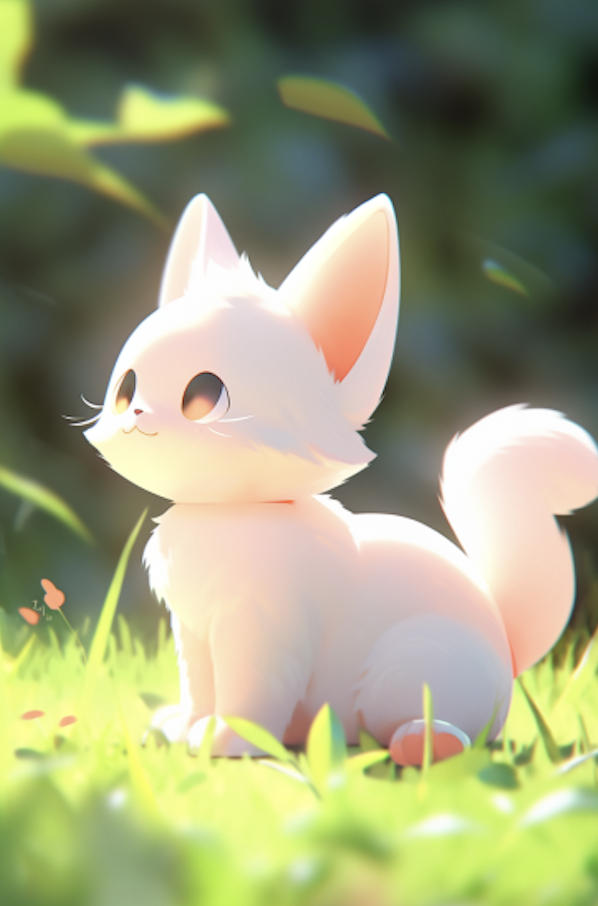
Sample #3

Sample #4
Once we have selected the sample that aligns with our preferences, we can delve into a detailed exploration to generate various positions and styles.
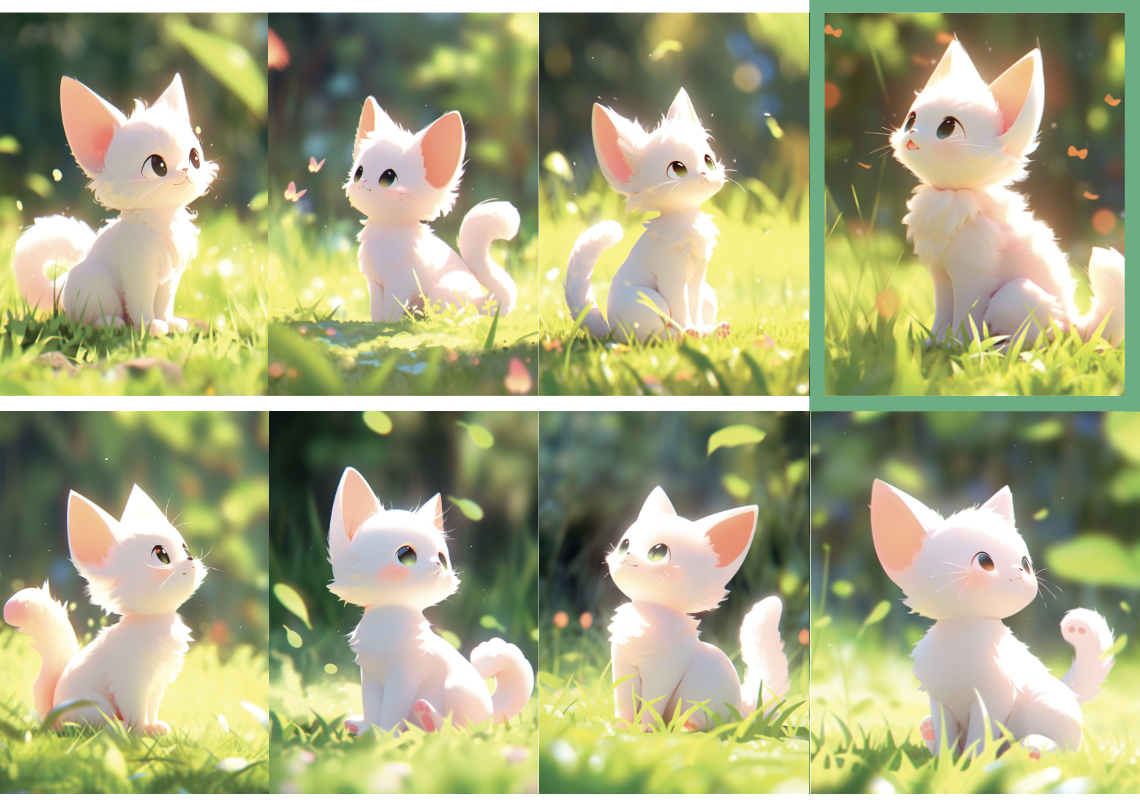

Once we have chosen the preferred sample, we can proceed to a comprehensive examination, considering facial expressions and further character details such as hair decoration, bowtie, eye color, and other pertinent features.
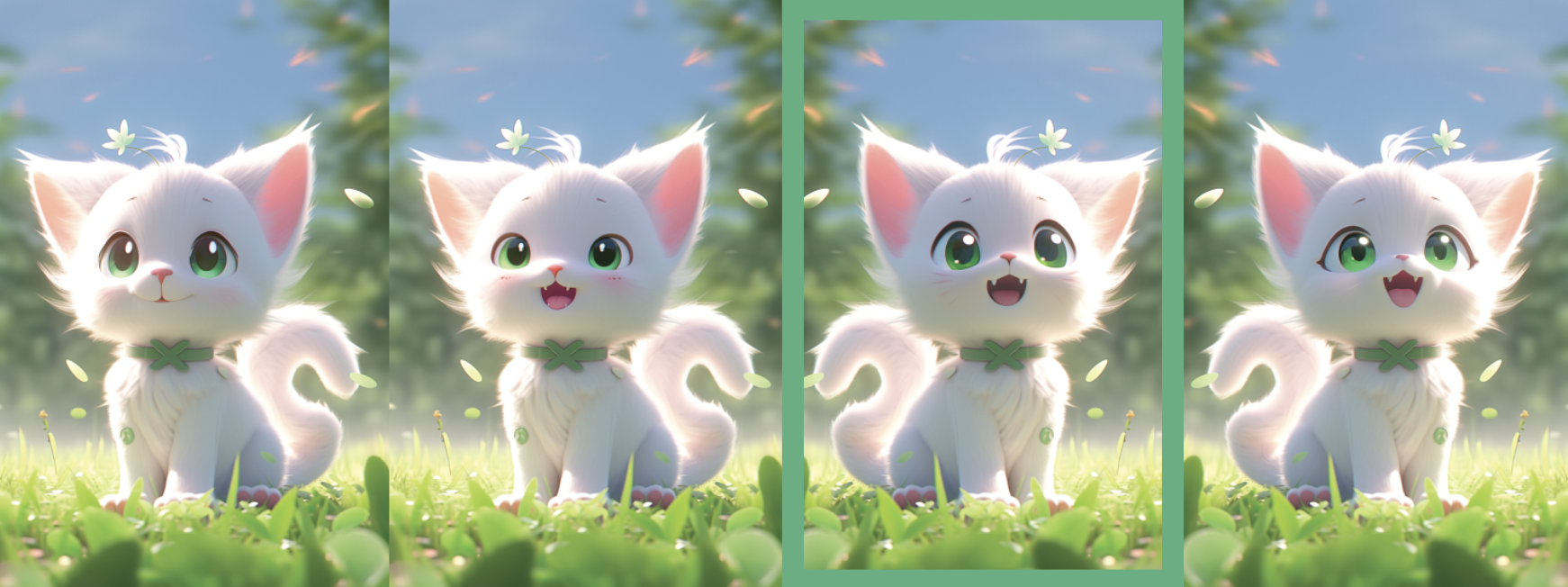
BIZGEAR x AIGC Training and Tuning
offer professional services aimed at providing forward-thinking solutions.
Collaborating with factories at the forefront of design thinking and high-level standards, we ensure excellence in our deliverables.
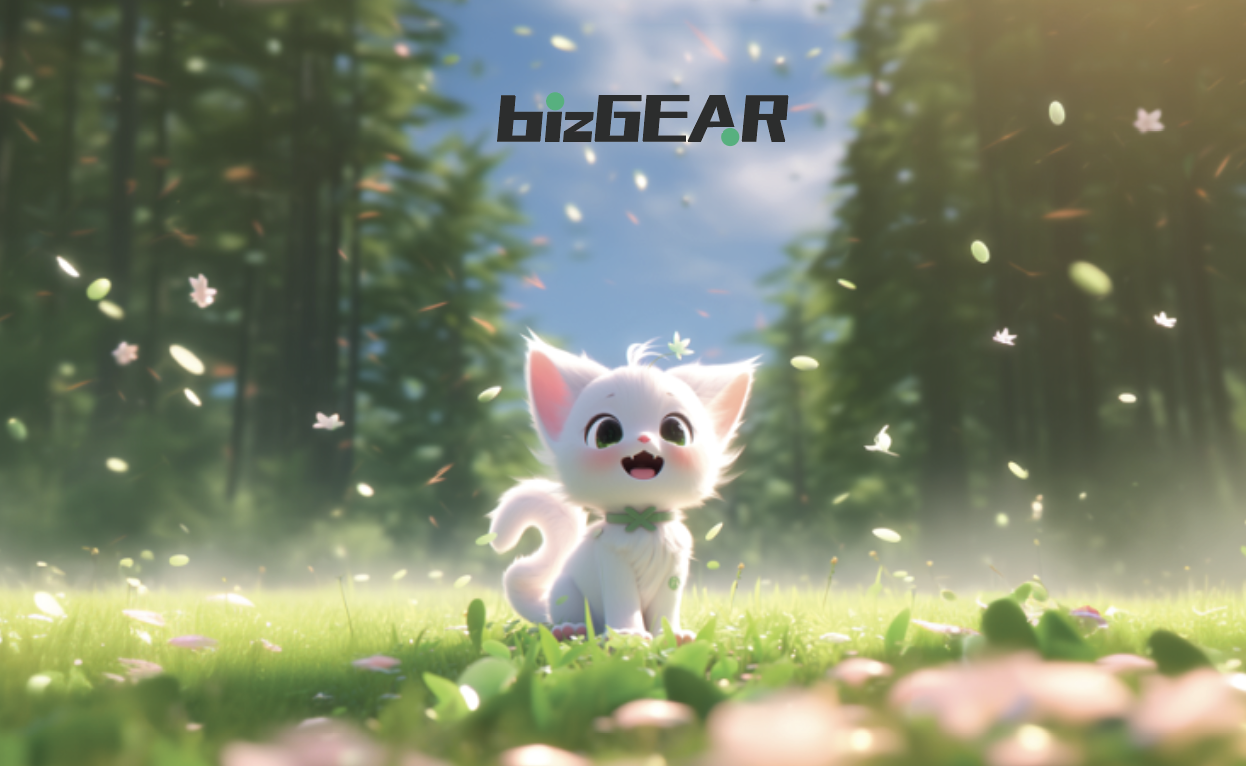
Goals
We are here to assist you with AIGC Training and Tuning
–
Where AIGC Meets Excellence, all from BIZGEAR.
In the realm of operational design, we frequently encounter various tasks such as thematic promotions, platform activities, and daily promotions. These tasks primarily manifest through mediums such as banners, H5 pages, activity pop-up windows, and start maps. To meet these operational requirements efficiently, we employ MIDJOURNEY for swift output and adjustment. The subsequent discussion primarily delves into utilizing MJ to analyze the landing process of AIGC.
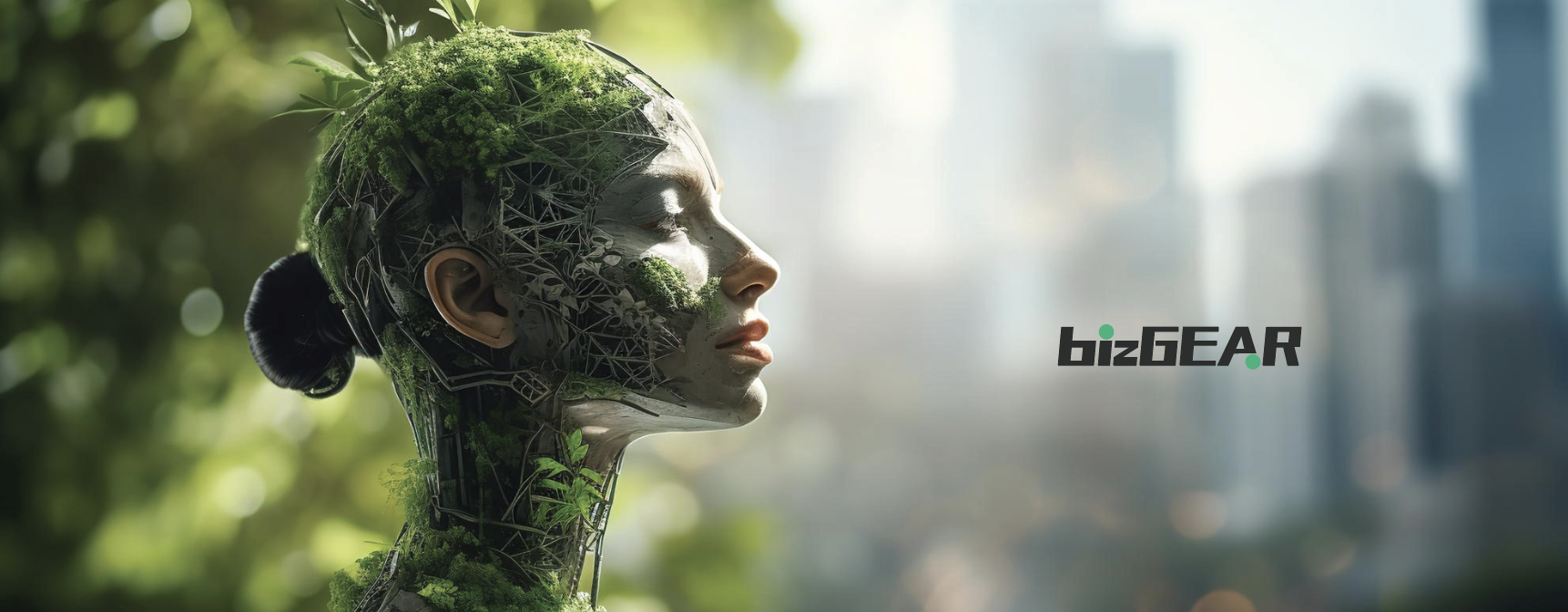
Steps
Design Process
To clarify the goal and determine the idea, we will initiate the process by creating a visual representation.
This time, our focus will be on incorporating AI-assisted sessions, with the primary aim being the generation of visual materials. Subsequently, we will leverage AI to assist us in implementing the idea.
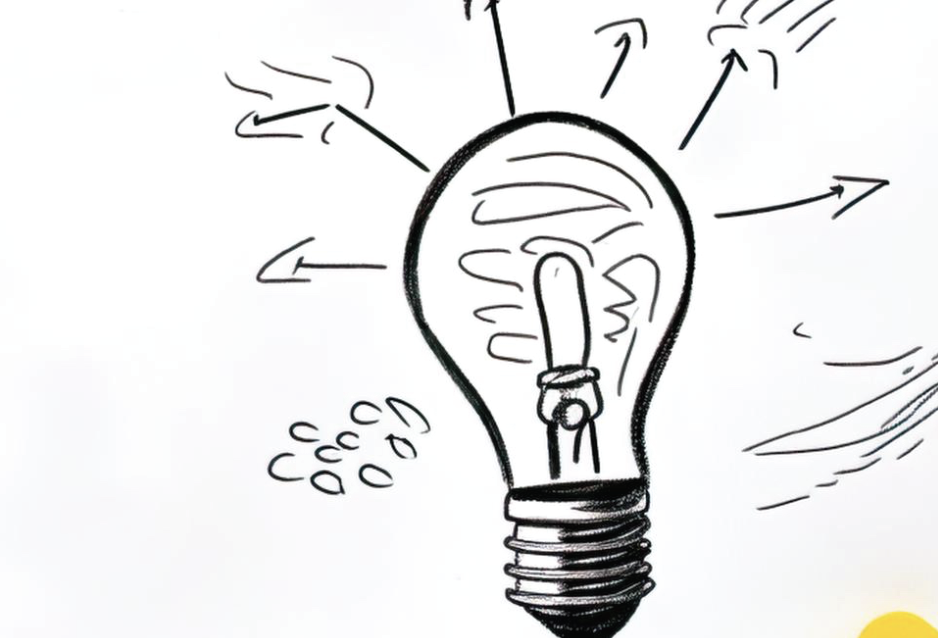
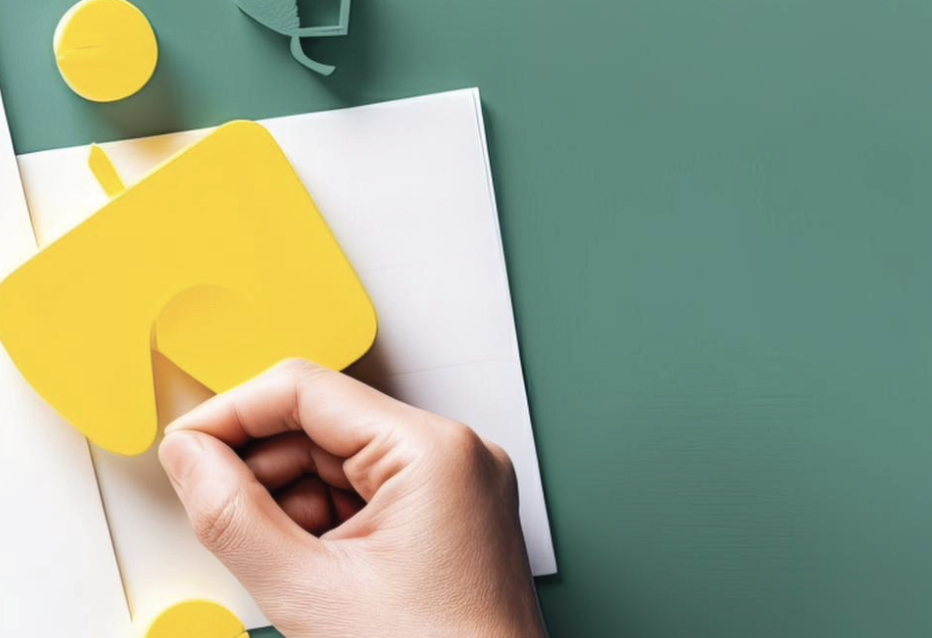

Pre-production conceptualization and reference
In pre-conceptualization, we outline the overall content of the picture by selecting a specific theme. From this chosen theme, we extract and categorize keywords representing the scene. These keywords help us identify the general content elements present in the scene, facilitating the development of our next idea.
Determining the tone and style of the primary visualization, after extracted the keywords and conducted brainstorming sessions.
To achieve this, we will blend a multitude of exemplary case references sourced from around the world.
These references will serve as inspiration, guiding us towards defining the aesthetic and mood of our visualization.
Crafted to match your preference Style & preliminary use AI
Determine
the style for you
AI can be employed to generate a variety of samples, providing a broad range of options. Subsequently, designers will carefully assess these samples, making informed choices that align with our project goals.
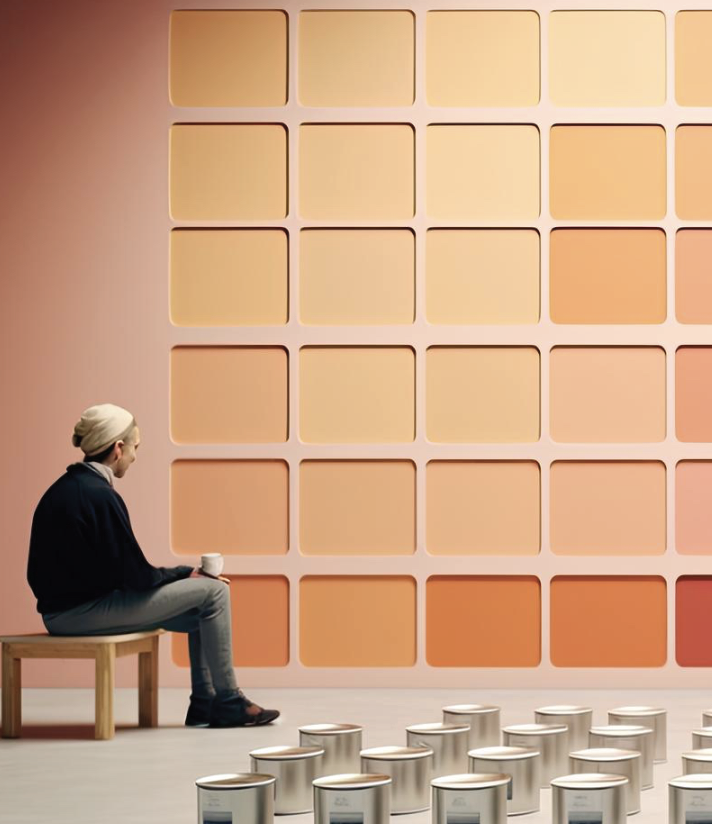
Determine the style
In establishing the visual style, we’ve identified commonalities among similar activities and combined them with other outstanding cases for reference. After thorough analysis, we’ve concluded that the overall picture style leans towards a three-dimensional aesthetic. This decision is informed by the desire to enhance depth and realism within the visual representation, ensuring a compelling and immersive experience for the audience.
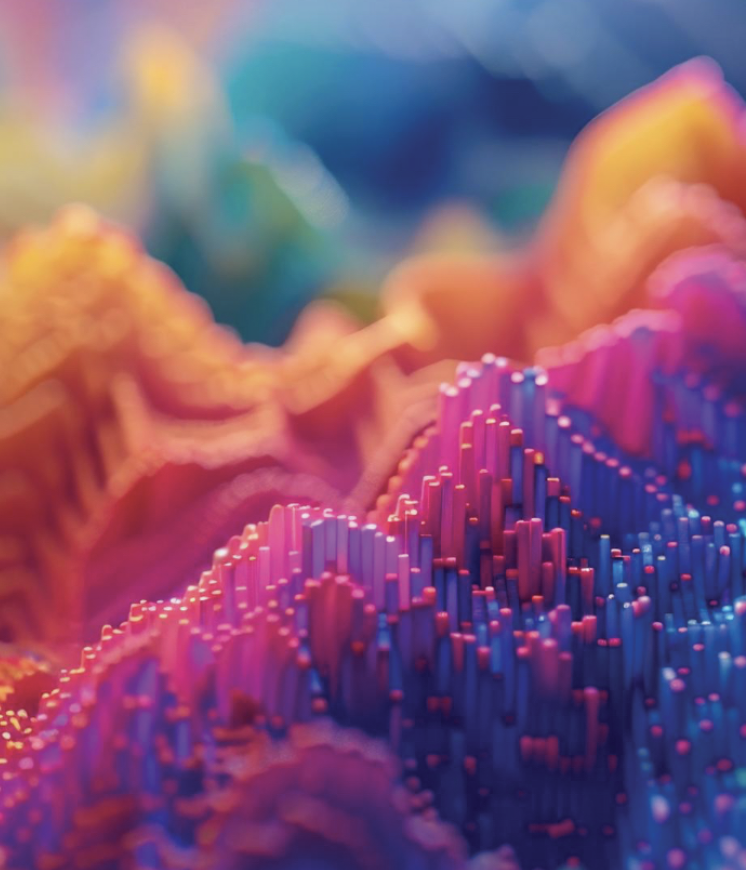
Preliminary use AI
While AI can support our design process, the ultimate test lies in the aesthetics and fundamental skills of our designers. As we produce the main materials, it becomes a test of our screening ability, continuously refining the details and selecting the most suitable options from the abundance of materials available. This process requires a keen eye for design principles, creativity, and the ability to make informed choices that align with our project goals.
